-
Posts
6,424 -
Joined
-
Last visited
Content Type
Profiles
Forums
Store
Help Articles
Posts posted by Richard Kilgore
-
-
That's a great idea, Chris (and Chris). I have that Vinotemp model and it is good about keeping a stable temp, though there is a bit of a range between the top and the bottom of the interior. The unit actually may work better as a curing chamber; the shelves do not slide in and out and the bottle fit is tight, making it difficult to see what's what. I have a chart showing what's in each slot. I may eventually convert mine, too.
-
Finished the day last night with a relaxing Chamomile from TCC. Kyle has consistently sourced incredibly good Chamomile for years. Makes the grocery store stuff look like dregs off the factory floor.
Today starting out with a Mariage Freres Assam Napuk, also from TCC.
-
A beleaguered UPS employee delivered my 32 ounce "Compact" Vita-Prep blender container tonight. They sure are proud of their plastic, but it's just what I needed. This is a better size for making 12 - 24 ounces of smoothie in the morning, thicker desserts in the evening and smaller amount of sauces and soups anytime VS the standard 64 ounce size that comes with the Vita-Prep and the Vita-Mix 5200 series. It will clear my kitchen cabinets and the lid is secure but easier to put on and take off.
Vita-Mix should make this size and the 48 ounce an option to the 64 ounce when you buy the machine. I saw a demo of a Blend-Tech at COSTCO a week or two ago and unless I am mistaken a 32 ounce container comes standard on their machine. (I am sure that one important sales consideration for both companies is appearance: the 32 ounce looks in proportion on the Blendtec and the 64 ounce on the Vita-Mix. So for either one, you may need to add a container to meet your needs.
My research lead me to theblenderplace.com, which appears to have the best selection and prices on Vita-Mix replacement parts. They are oriented to the trade and are apparently not particularly retail-friendly as far as returns go (read the fine print); they processed my payment on November 16th when they were back-ordered; and it arrived about four weeks late. Their customer service rep was appropriately apologetic about the back-order and this was not a life-or-death order for me, so I may be okay with ordering from them again. But be aware. It may be prudent to confirm availability by phone before ordering.
-
Here's additional information on this matcha genmaicha from yuuki-cha.com, used by permission.
This organic genmaicha, made by our farmer in Kyoto, includes both first harvest organic sencha and matcha. The inclusion of matcha (which coats the brown rice and sencha) helps bring out a mellower flavor, heightens the health benefits, and produces green infusions. A very healthy cup of tea, and another recommendable type of organic genmaicha!All of our organic genmaicha contains brown rice that is organically cultivated in a safe, chemical free, organic environment in Nara, Japan as opposed to conventionally produced Japanese brown rice which is cultivated using a substantial amount of agricultural chemicals. We offer all of our organic genmaicha as a safe and healthy alternative to conventional genmaicha
Brewing Suggestion• 8-10 grams of leaves
• 150ml 80°C water
• Infuse for 1 - 1 1/2 minutes
-
I finished off the last of the Spring 2009 Alishan High Mountain - first flush in a gong fu cha brewing session that started yesterday and continues into today. Lovely tea, though not at its peak anymore, of course. Four infusions down and at least a few to go.
And made my now daily Organic Yabe Matcha earlier.
-
Ended the day last night with a Houjicha Select from The Cultured Cup...the one featured earlier this year in a Tea Tasting & Discussion. Still nice.
Started the day today with the Ceylon Lumbini Estate from Tea Source. A best bang for the buck smooth Ceylon.
-
Started the day with an elegant Lapsang Souchong from jingteashop.com, but I brewed it way too light. Another day.
Also my daily matcha from yuukicha.com. I am really enjoying this.
So what teas are you all drinking today?
-
I also leave it in the bag, inside the tub, but in the fridge since this is Texas. Maybe it would be okay at room temp, but I have not wanted to risk it.
-
This morning the MF Queen Victoria Darjeeling - second flush, from The Cultured Cup. Later a bowl of matcha from yuuki-cha.com, and now a cup of Chamomile, also from TCC.
-
I usually keep two or three small tubs of different Thai curries in the frig for 6 + months and they do okay.
-
I made my bowl of matcha today in an older Shigaraki chawan made by the Japanese ceramic artist Zuiho Sugimoto. I am still drinking the Organic Yame Matcha from yuuki-cha.com.
-
Yes, that would be the 5200 series. I am sooo glad you laid out the money for that thing, since you and this topic have cost me a bundle.
-
You are now a full-fledged member of the Over-Kill Klub. Which one - the Over-Kill or the Way-Over-Kill model?
-
A 12 qt KR is now on my 2010 wishlist. Unless someone comes up with an equivalent for significantly less.
-
I have been playing with different liquid ingredients in my smoothies and Blue Diamond "Almond Breeze" has turned out to be a great match for frozen peaches. This comes in an unrefrigerated carton similar to soy milk.
-
Started the day with the Mariage Freres Noel from The Cultured Cup, mentioned in the Holiday Tea topic.
-
I should add that I have learned to pour very slowly and now never get a serious clog unless I am not paying attention and rush. 99% of the time it goes very smoothly.
The other houhin I have (not pictured above), which came from yuuki-cha.com, has a ss screen that also works very well, but you still have to pour more slowly than you do with Yixings and gaiwan. Houhin of any type are very hard to find and this one is made of Banko clay that tends to smooth, integrate flavors and take the astringent edge off senchas and gyokuros. And it's inexpensive.
-
All three have spouts with multiple holes on the inside of the pot. The holes are flush with the side of the pot. No metal screens. I'll take more pictures in coming weeks and show these houhin from more angles and the interiors.
-
Here are three Japanese houhin (or houbin) tea pots, each with about a 5 ounce capacity. They are designed for brewing gyokuro and high quality sencha, and each of these has at least a little wabi-sabi.
This one is a Bizen houhin, made about 1980 by the Japanese ceramic artist Shemeko Kaneda. It's beautiful, but is useless as a teapot due to dripping not just a little.
This is a Shigaraki houhin, made in recent years by the Japanese ceramic artist Takahashi Rakusai.
And this one is a Hagi houhin, made in the late 1950s or early 1960s, signed but I have not been able to identify the artist.
-
This is a Yixing teapot from the 1970s with high quality Zi Ni clay. I am playing with different teas right now and it probably will be dedicated to either Aged TGY or high roast Wuyi Oolongs. The capacity is 90 ml. The characters on the side of the pot translate to "Drink Chinese Oolong", these pots being part of a famous marketing campaign in the 70s and 80s.
-
One tip for pouring Japanese green teas out of your Chinese teapots or even a Japanese kyusu - pour very slowly and you may avoid serious clogging. I have to slow waaay down when going from Chinese teas to Japanese greens.
-
Alishan High Mountain Spring oolong.
Working my way through the spring 2009 Oolongs so I will have room in my cupboard for the 2010s....
It's a tough job. I'm glad we have someone to do it.

-
I've slowly been making friends with my new camera, so belatedly here's a pic of "Red Beans with Chorizo, Blood sausage, and Piment d'Esplette". I can't say enough good about this dish. The blood sausage was the most difficult item to source, but I have bought ingredients from Cafe Madrid in Dallas in the past, so one call and I picked it up. Thanks guys!
-
I have been learning to make matcha recently. Here's the process I have been using informally at the kitchen counter.
The basic equipment: a chawan (Japanese tea bowl) from The Cultured Cup made by Japanese-American ceramic artist Aki Shiratori, a chasen (bamboo matcha whisk), bamboo tea scoop for matcha, a special stainless steel sifter and the matcha - an Organic Yabe Matcha from yuuki-cha.com.
First I warm the brittle dry chasen in the chawan in order to make it more flexible, the water warming the bowl at the same time. While the chasen and chawan are warming, two scoops of matcha go onto the screen and are sifted and pushed with the bamboo paddle into the bottom of the sifter.
Then the tea bowl is dried thoroughly, and the sifted matcha goes into it.
A little over 2 ounces of 170 F water is poured over the matcha. Then the whisking begins. This takes a minute or two in order to develop the foaming surface that indicates the matcha powder is in suspension in the water.
With matcha you are actually drinking a suspension of the tea leaves in powdered form, rather than drinking an infusion as we do in most other forms of tea drinking.



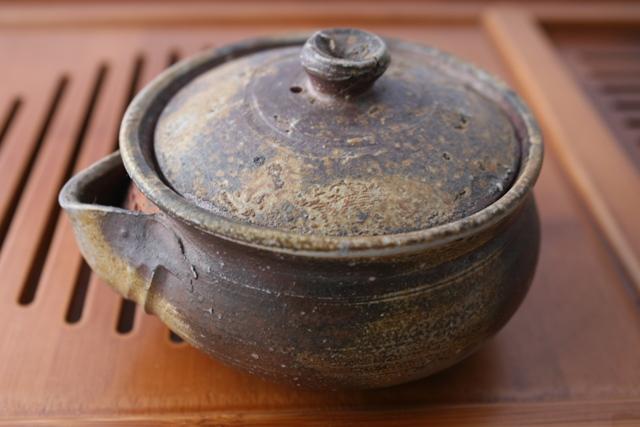
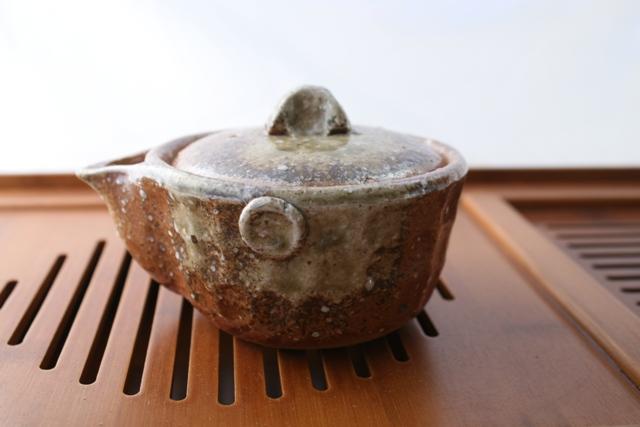
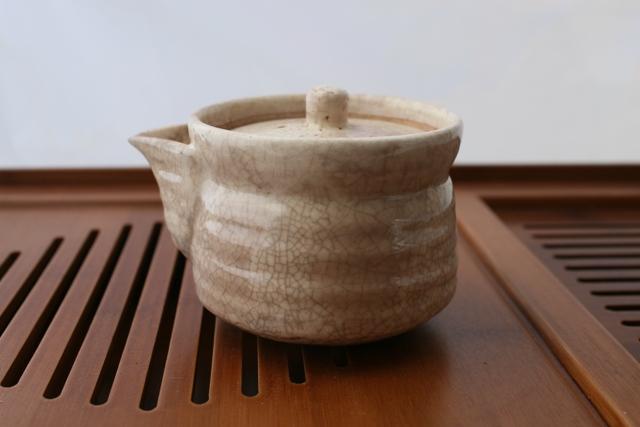
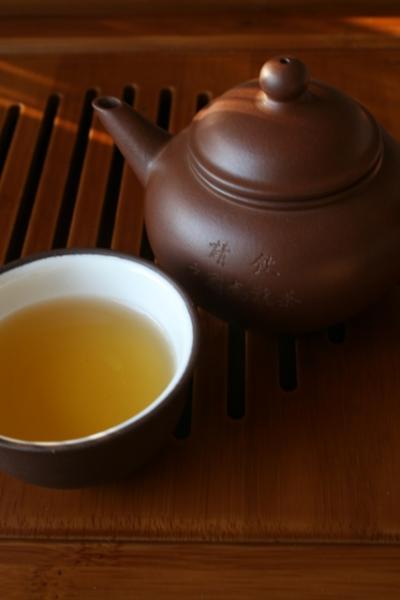


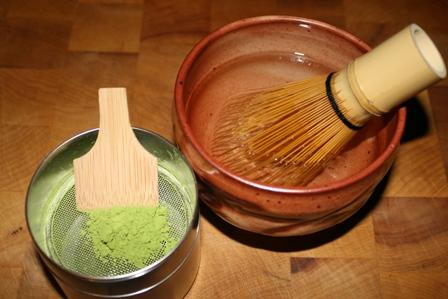

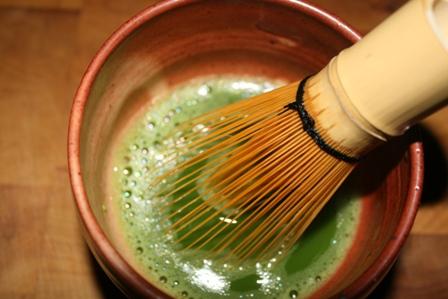
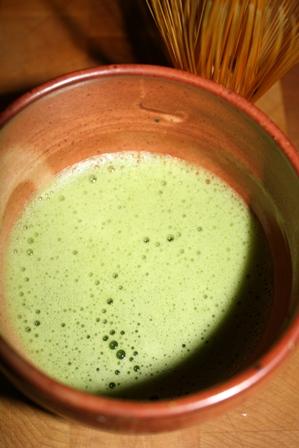
Cellars & Chambers for Curing and Aging
in Kitchen Consumer
Posted
I think it should be fairly safe, even with the short warrantee. Anything that is likely to be a problem should show up during that period. Just watch out for compressor noises, the fit of the door to the box and the ability to maintain a fairly steady temp.